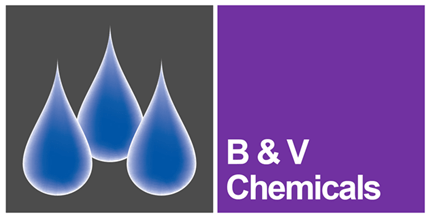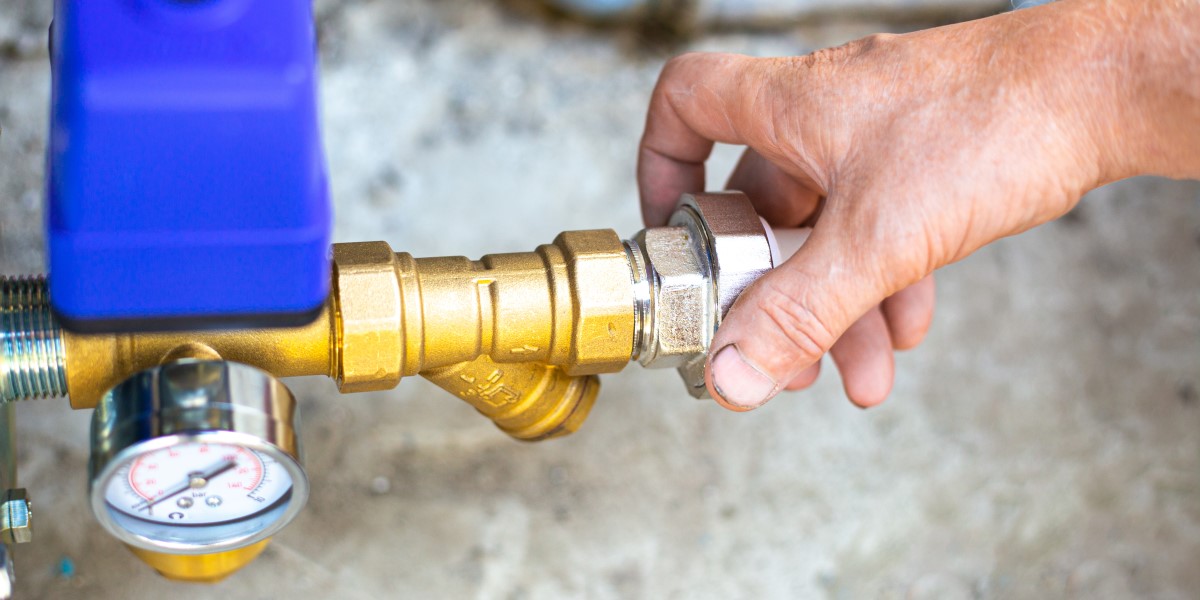Switching to polyamines is a relatively easy process due to limited compatibility concerns with traditional treatments and a full list of chemical compatibilities is available upon request. Polyamines are also compatible with Glycols so can be used effectively in chiller systems. In MPHW systems, sulphite is the only notable exception.
Polyamines are not compatible with sulphites, although sulphite-based inhibitors are now rarely used in closed circuits in the UK. However if sulphite is present, this can be easily mitigated by ensuring it is not present over 5ppm before switching.
If complete draining of the system is difficult, the addition of polyamine-based inhibitors is still possible. In this case, it is recommended that a compatibility test is carried out particularly if: Phosphates (PO4 / P2O5) levels are greater than 50 ppm, Nitrites (NO2) levels are greater than 500 ppm or Molybdate levels are greater than 150 ppm.
When swapping over to polyamine based inhibitors from conventional treatments, it is recommended that a starting dose of 50% of the maximum recommended dosing rate is initially used and that this is then gradually increased over 1 to 2 months. We would always recommend the use of filtration on systems, where a polyamine based inhibitor is to be introduced due to the cleaning effect the products have on the system metals.
For new systems standard pre-commission cleaning needs to be carried out prior to the addition of a polyamine inhibitor. Rapid passivation of iron based metals occurs. On-going inhibitor testing for one single parameter is required.
For existing very contaminated closed systems, a cleaning agent should first be used to mobilise existing iron deposits. This can either be done off line of with an on-line cleaner, in conjunction with full bore or side stream filtration. However, for some systems, it is possible to go straight to the use of the corrosion inhibitor to enable a slower cleaning process, as the polyamines do mobilise any debris within a systems the addition of filtration to the system is recommended. This should be determined on a site-by-site basis.
During the transition period, it is essential to monitor the system water chemistry and performance closely.
Below is a summary of some of questions we have already been asked by our own label customers who are keen to try this new technology.
FAQ’s on polyamines (Film Forming Amines) in Closed Circuit systems:
How do you test for Polyamines (Film Forming Amines) on site?
There is the option of both a photometer test and a comparator test method. Both tests are a simple method requiring only 2 reagents and a simple colour change. For the photometer test, the MD600 range can be used. Please contact us for further details on recommended test methods.
Once a system is treated with FFA, does the film on the surface prevent flash corrosion when the system is drained and how long is this protective film likely to last?
Due to their method of operation, boilers operating on a week-on/week-off basis have been successfully maintained using FFA’s. The FFA treatment will provide the surfaces with enhanced corrosion protection over traditional treatments due to the formation of the protective film. This is particularly beneficial in systems that do not operate continuously and in set ups where there is an alternating leading and lagging boiler. However, using FFA’s does not mean that best practices should be ignored, and suitable lay-up procedures should still be followed if a system is to be drained.
Are there any equipment or chemical compatibility issues with the products?
Polyamines are compatible with all metals and most non-metallic components traditionally found in closed circuit systems. If you have any questions though we have a compatibility document so please do come to us with any compatibility questions.
What is the shelf life of the products?
Shelf lives will be product specific, however they are generally given as a minimum of two years, if stored in original unopened containers and not exposed to extreme temperatures or direct sunlight.
What are the benefits of film forming amines over traditional treatments?
Sustainability is the key benefit of using film forming polyamines over traditional treatments resulting in energy and water savings, reduced chemical consumption, lower greenhouse gas emissions and reduced handling of hazardous chemicals.
What issues may arise from under/overdosing the products?
Underdosing for a short period of time should not lead to significant issues, provided an excess of amines was previously present. This is because previously unbound amines will fill in any gaps that appear on the protective layer. Overdosing can lead to issues with foaming and in extreme cases sticky deposits could appear.
What equipment is required to begin polyamine treatment?
If the system has water losses as part of normal operation, the dosing of the amines needs to be proportional to the amount of make-up water entering the system. Therefore, water meters should be installed alongside automated dosing. We would also advise that side stream filtration is required to be in place alongside amine dosing to aid in the removal of debris and deposits.
What other products should be dosed alongside the amines?
They are an all-in-one treatment. Amine products have a dispersant effect and should therefore aid with the prevention of scale deposition. They also contain alkalising amines that help to regulate the pH. The dosing of a biocide may be necessary in some situations.
For further information on our polyamine based range of closed-circuit inhibitors and steam boiler treatments please contact ownlabel@bvwater.co.uk.





